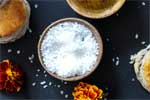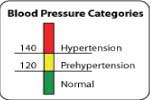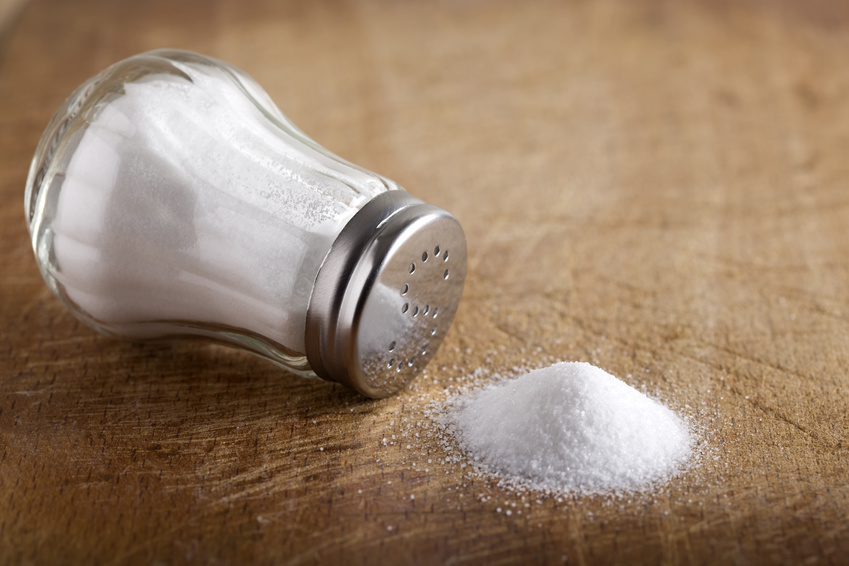Send a loud and clear message!
Although there is a push by the FDA and other health organizations to reduce sodium in processed foods, manufacturers have been opposed to it. They contend that low-sodium products often don't fare well in the marketplace. Taste is the main reason people buy a particular product and when salt is removed, consumers react negatively to the [...]








Recent Comments